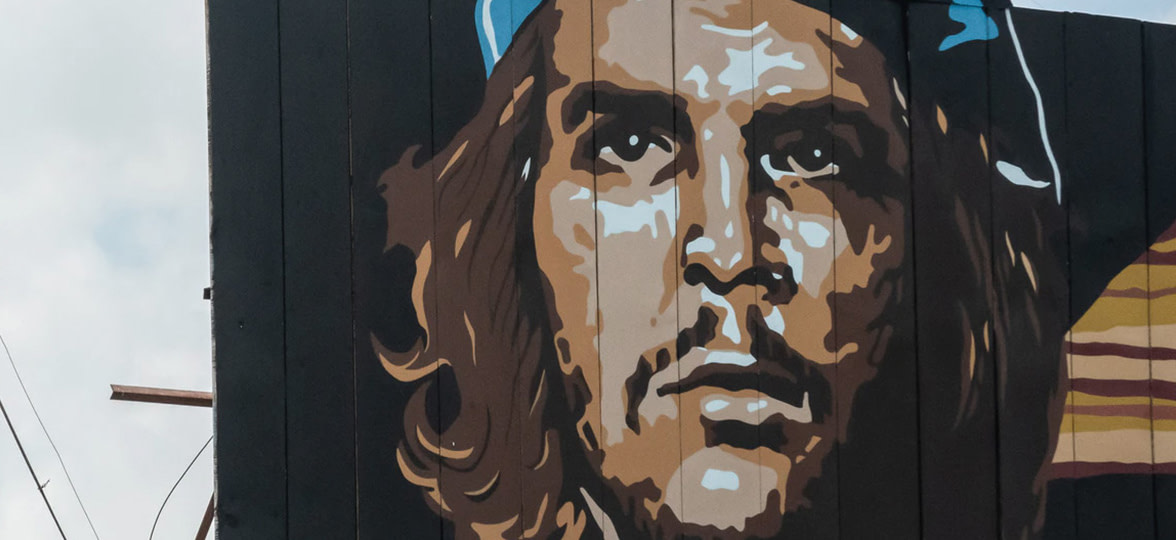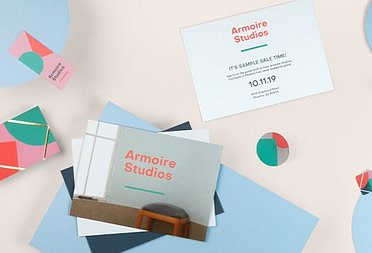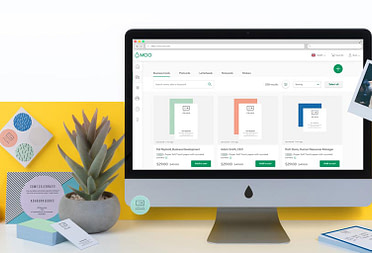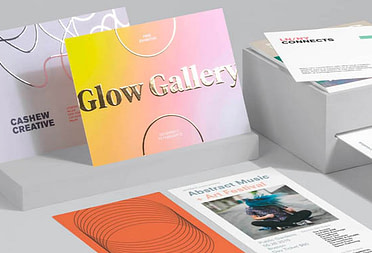To the streets: Is it time to return to guerrilla marketing?
Guerilla’s golden era offers inspiration for disrupting the digital age.

Before the ubiquity of social media, brands had to find other ways to go viral. Enter guerrilla marketing, a way for brands big and small to do things differently and make their mark – and make those marketing budgets work harder. From high-impact stunts to low-cost sticker campaigns, the ‘00s was, to many, the golden age of the guerrilla marketing campaign.
Fast-forward to today, and, while the approach remains popular, the ever-evolving digital landscape is changing what guerrilla marketing looks like. In a world where online has become the focus for many business budgets, and people are bombarded by marketing messages at every turn, is lo-fi, low-cost disruption more important than ever?
What is guerrilla marketing?
First popularized by business writer Jay Conrad Levinson in his book of the same name, guerrilla marketing (also spelt guerilla) is an approach that uses guerrilla warfare tactics, particularly the element of surprise, to promote a product or service. The goal of guerrilla marketing is to create buzz. It’s typically a one-off ‘look at me now’ idea that makes people stop and share.

Low cost. High creativity.
Guerrilla campaigns are often low-budget, relying on unconventional methods to reach their target audience. Popular tactics include localized executions like stunts, graffiti, stickers, challenges and treasure hunts.
The key investment here is creativity. This makes guerrilla marketing popular with small businesses or startups determined to do more with less. However, as the following examples show, even the biggest names in business want in on the action.
Killer guerrilla: Five classic campaigns to get inspired by
Jeep: Outdoor Parking (2007)
Outdoor guerrilla marketing involves placing something in a busy street, a park, or any other outdoor location. This tactic is commonly used in urban areas and works best in places with high footfall.

Guerrilla godfather Jay Conrad Levinson was the mastermind behind this simple stencil campaign that took over the streets of Copenhagen. Using white paint, Jeep outlined irregular parking spots over city steps and uneven street surfaces to promote the cars’ expert handling and four-wheel-drive capabilities. Talk about thinking outside the lines.
Key takeaway: Rather than use conventional marketing methods to promote the handling benefits of their vehicles, Jeep took the campaign directly to the streets. And the witty tone made it stick.
Axe: Exit Signs (2006)
Economic and effective, stickering is a popular guerrilla marketing tactic. In 2006, Axe body spray placed custom stickers behind ‘exit man’ signs, so the running man appeared to be escaping a crowd of excited women. The message was clear: Axe gives young guys an attractive power-up. The campaign grabbed attention, showcased Axe’s sense of humor and helped to increase awareness. Simple and smart.

Key takeaway: Guerrilla marketing requires thinking out of the box to evoke a sense of surprise. Come up with something that’s never been done before or, like Axe, put a new spin on the everyday – just ensure your idea aligns perfectly with your brand values and identity.
WePay: Frozen Cash (2010)
WePay used the element of surprise to crash its competitor’s party. At the time, PayPal was under fire for freezing customer accounts, so WePay took this pain point and pushed it – hard.
The team visited PayPal during a developer conference in San Francisco, California, wheeling in a massive block of ice full of banknotes. Frozen within the ice was the message “PayPal Freezes Your Accounts. Unfreezeyourmoney.com.” The campaign was so successful that WePay reported a 300% increase in weekly traffic and a 250% increase in signups.

Key takeaway: Guerrilla marketing for ‘serious’ and regulated industries, such as the financial sector, can be just as fun, engaging, and successful as it is in the consumer sector.
UNICEF: Dirty Water Vending Machines (2009)
To increase awareness of the water problem faced by the rest of the world, global charity UNICEF placed vending machines selling dirty and dangerous types of water on the streets of New York City. The ‘flavors’ were malaria, cholera, typhoid, dengue, hepatitis, dysentery, salmonella and yellow fever – diarrheal diseases that were causing thousands of deaths a day because of drinking dirty water.
The bottles cost $1, enough to provide a child with clean drinking water for 40 days. The activity achieved its aims of creating buzz, increasing awareness about the water crisis, and raising $1 million in donations. Moreover, the project contributed to the decrease in global casualties from water-related diseases, which dropped from over 4,000 a day to just under 1,000 a day by 2015. Impactful stuff.

Key takeaway: Experiential guerrilla marketing is ideal if you want to elicit a deeper level of advocacy for your brand or campaign.
Harnessing the power of guerrilla marketing in a digital-first world
According to a recent report, we will all spend an average of 400 minutes per day using the Internet this year. So, it’s no wonder that brands want to focus their efforts online.
But there’s still good news for today’s guerrillas. First, social media makes it easier than ever for guerrilla ideas to spread fast. Secondly, by encouraging user-generated content, you can extend the lifespan of your campaigns and encourage online conversations. And simple steps like adding QR codes to printed materials can help your brand drive conversions and enable real-time tracking of results.
In a digital landscape where audiences are bombarded with ads at every turn, standing out from the crowd is both a challenge and a necessity. Guerrilla marketing, a strategy that relies on imagination and unconventional methods, remains a powerful tool for brands to create a big impact without breaking the bank.
Ready to start disrupting?
Guerrilla marketing offers endless ways for your brand to break ahead of the competition, and MOO is here to provide the content you need to stand out. From personalized Postcards to bespoke Business Cards. Browse our full range here, or get in touch with our team below.
Keep in touch
Get design inspiration, business tips and special offers straight to your inbox with our MOOsletter, out every two weeks.







